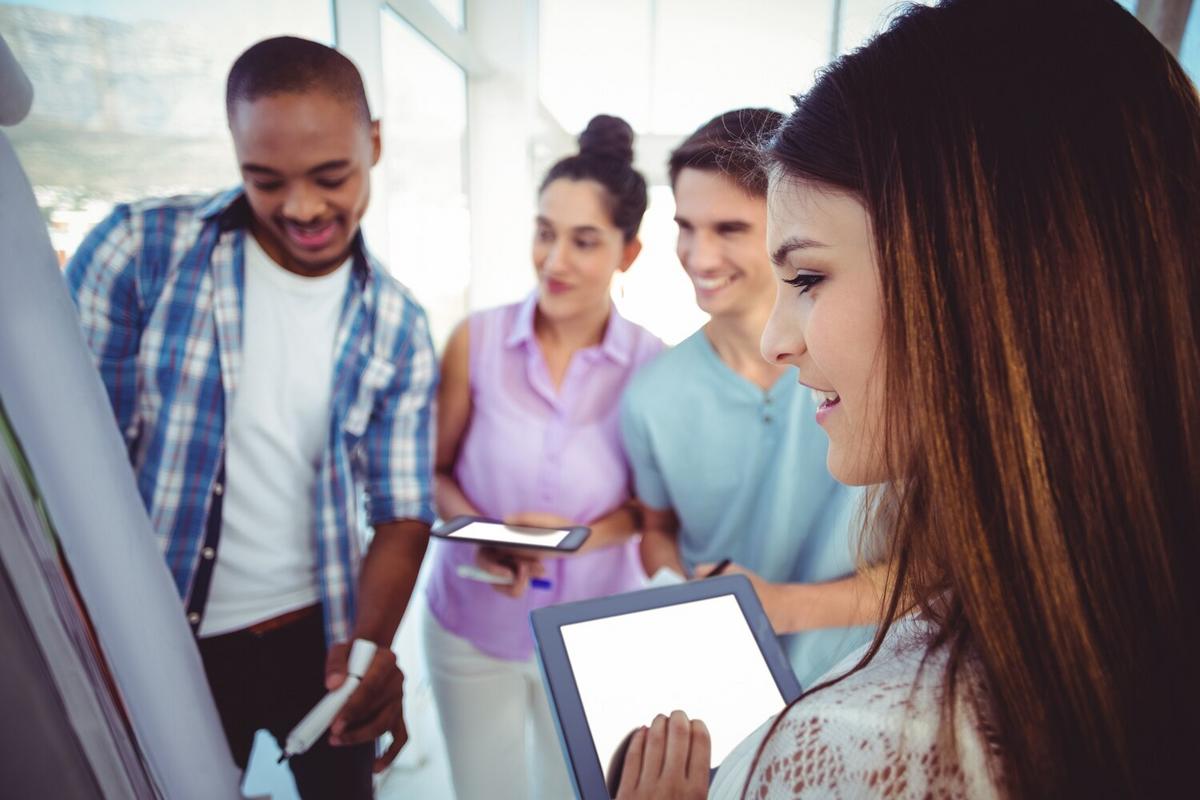Education is constantly evolving, and the flipped classroom model is one of the latest innovations aiming to enhance student engagement and learning outcomes.
The flipped classroom approach is a teaching strategy that reverses the traditional learning environment by delivering instructional content, often online, outside of the classroom. This model allows students to engage with new material at their own pace, freeing up classroom time for interactive activities that reinforce learning.
Understanding the Flipped Classroom
In a traditional classroom, teachers deliver lectures during class time, and students complete assignments at home. The flipped classroom, however, flips this model on its head. In this setup, students first encounter new content outside of class, typically through video lectures or reading materials. Class time is then dedicated to exercises, projects, and discussions that deepen understanding and facilitate active learning.
Why Flipped Classrooms? An Expert’s Insight
“The flipped classroom empowers students by giving them control over their learning process,” says Dr. Jennifer Gonzalez, a renowned education expert. “It encourages self-paced learning and fosters a deeper understanding of the material.”
Research supports this approach, with studies indicating that flipped classrooms can lead to improved academic performance and increased student engagement. A study conducted by the University of Washington found that students in flipped classrooms scored 12% higher on exams compared to those in traditional settings.
Real-World Example: A Teacher’s Perspective
Consider the experience of Mr. Thompson, a high school math teacher, who implemented the flipped classroom model. He noticed that students were more prepared and eager to participate in class discussions. “The shift in responsibilities allowed me to focus on individual student needs,” he shares, “and the collaborative environment encouraged peer learning.”
Tips for Implementing a Flipped Classroom
- Start small by flipping a single lesson or unit before committing to a full semester.
- Utilize available technology, such as educational platforms and video-sharing services, to create engaging content.
- Encourage students to take notes and prepare questions while engaging with pre-class materials.
- During class, facilitate group activities and discussions that promote critical thinking and application of knowledge.
Comparison: Traditional vs. Flipped Classroom
| Aspect | Traditional Classroom | Flipped Classroom |
|---|---|---|
| Primary Activity | Lecture | Interactive Exercises |
| Homework | Practice and Assignments | Pre-class Content Engagement |
| Student Role | Passive Listener | Active Participant |
| Teacher Role | Lecturer | Facilitator |
| Classroom Environment | Teacher-Centered | Student-Centered |
| Pacing | Uniform | Self-Paced |
| Use of Technology | Limited | Extensive |
| Student Engagement | Varies | Enhanced |
Pro Tip: To gauge the effectiveness of your flipped classroom, regularly seek feedback from students and adjust your methods accordingly.
Frequently Asked Questions
What are the key benefits of a flipped classroom?
The flipped classroom enhances student engagement, allows for self-paced learning, and provides opportunities for hands-on application in class.
How can teachers ensure students engage with pre-class materials?
Encourage accountability by integrating quizzes or reflective questions that require students to demonstrate their understanding before class.
Final Thoughts
The flipped classroom model presents a transformative opportunity for educators to foster a more engaged and interactive learning environment. By shifting the focus from passive reception to active participation, this approach can significantly enhance the educational experience. As with any educational strategy, success lies in thoughtful implementation and continuous reflection.




Leave a Reply